 |
|||
 |
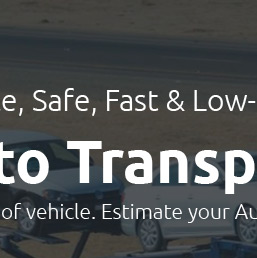 |
 |
|---|---|---|
 |
 |
|
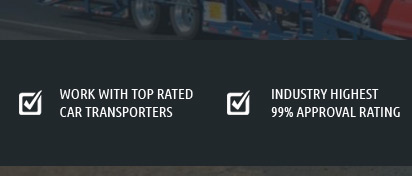 |
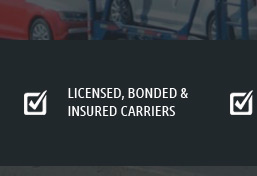 |
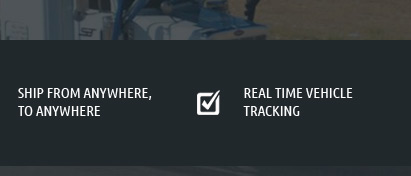 |
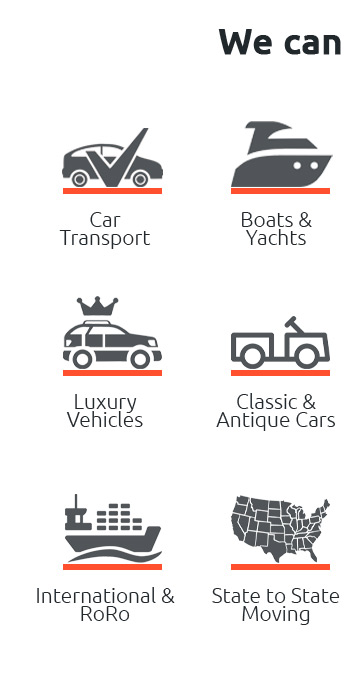 |
 |
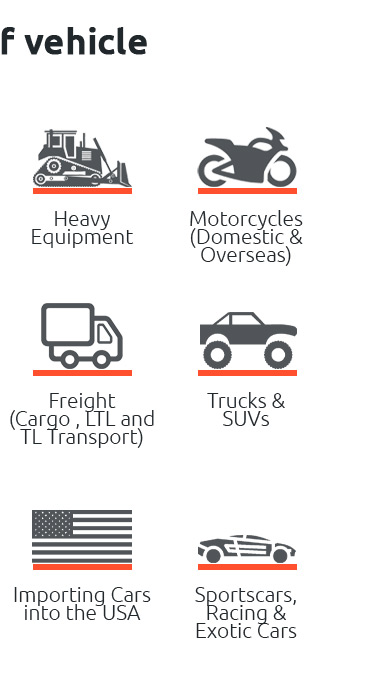 |
|---|
 |
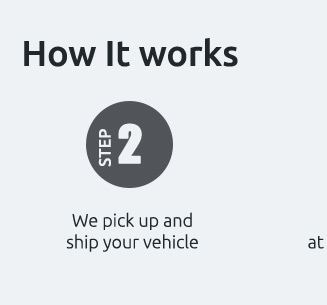 |
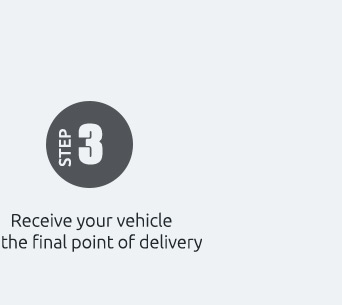 |
|---|---|---|
 |
||
 |
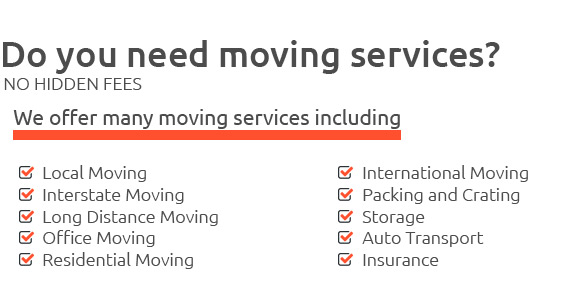 |
|---|---|
classic transport pay per mile explained for enthusiasts and shippersWhat it meansIn vehicle logistics, a pay-per-mile model prices each leg by distance, carrier type, and lane demand. For classic cars, this approach keeps quotes transparent, letting you weigh open versus enclosed rigs, seasonal surcharges, and pickup density before committing. Why it appealsCollectors favor predictable math: multiply a base rate by verified miles, then add fuel and insurance. The result can be cheaper than day-rate charters on long hauls, while remaining flexible for one-off shows or new acquisitions. Trade-offsThe same model can rise quickly on rural routes, and accessorials-winching, liftgate, or residential delivery-may sit outside the per-mile figure. Weather and broker markups also move the needle. Popular options comparedThese common choices illustrate how pricing shifts under a per-mile plan.
For balance, request written breakdowns, confirm mileage sources, and align coverage with vehicle value.
|
|---|